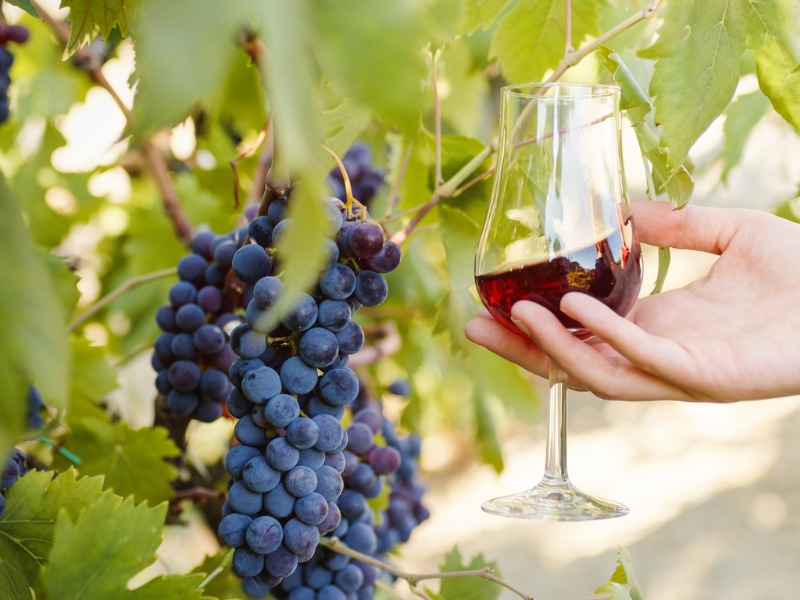Grapes of wrath: How the wildfires could burn your winery clients

As wildfires rage across Canada, wineries might struggle to keep smoke from tainting their crops.
Such was the case for wineries operating in and around southern Oregon in 2020, said Heidi Moore, insurance agent for U.S-based Country Financial and host of the Wine Crush podcast.
The 2020 wildfire season was one of the most destructive on record in the states of Oregon, California, and other parts of the western U.S.
Growers in Willamette Valley, Oregon, were forced to abandon their most famous crop — Pinot Noir grapes — as fields burned and smoke tainted the vineyards.
“Pinot Noir is very thin skinned, and it absorbs everything,” Moore said. “A lot of those grapes that were heavily exposed weren’t usable; they had to be dropped, because they tasted and smelt like ashtrays.”
This is a problem for red wines, as the grapes are soaked to extract the colour and flavour from the skin and flesh. Unfortunately, the smoky flavour also gets extracted from the skin.
“We see a lot of white wines from 2020, because they can press them and go, and so there’s not a whole lot of contact with skin,” said Moore. “Or rosés, which are just quick presses of red grapes.”
Growers can resort to other strategies, like shorter skin contact time, to reduce the effects of smoke taint, but might not make it disappear completely.
Canada’s primary wine-growing regions are the Niagara Peninsula in southern Ontario, and the Okanagan Valley in southern British Columbia. Smaller producing areas include Quebec and Nova Scotia.
Common varieties in the Okanagan Valley include Merlot, Pinot Gris, Pinot Noir and Chardonnay. Niagara is known for its Chardonnay, Riesling, Pinot Noir and IceWine.
The Okanagan Valley, and parts of Quebec and Nova Scotia have experienced devastating wildfires this summer, bringing intense smoke and poor air quality into neighbouring provinces and parts of Ontario, including the Niagara region.
For insurers, smoke taint could spell large losses in commercial lines.
“A winery is going to be under a commercial policy,” said Moore. “What we look at is the value of wine in barrel, that is continuing to age and isn’t quite finished.”
Finished and bottled stock would invoke a different part of the policy.
“When we’re looking at those values [for finished stock], we’re looking at how they’re selling them,” she said. “So, two completely different price points.”
Stock can be sold direct-to-consumer or retail, or wholesale to distributors and restaurants.
“Smoke taint in the winery was really hard for us in 2020, because the exposure and the contamination was in the vineyard, and so it’s more of a farm policy, versus smoke taint in the grapes [that were processed].”
Feature image by iStock.com/Francesco Sgura







